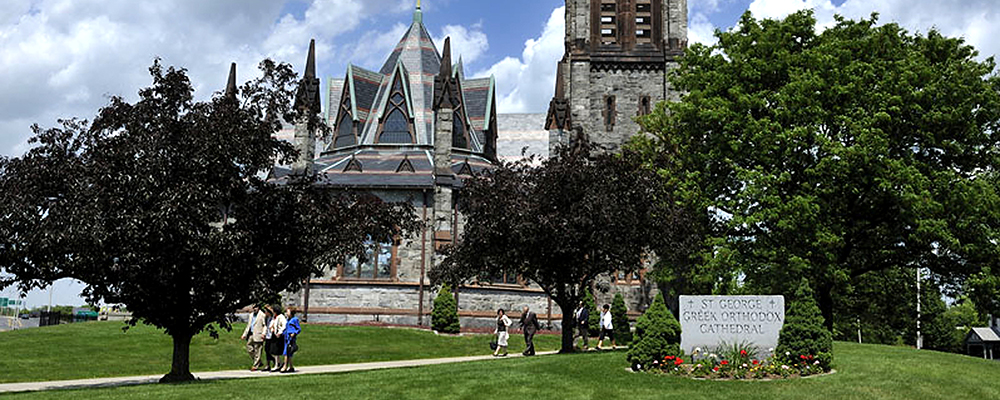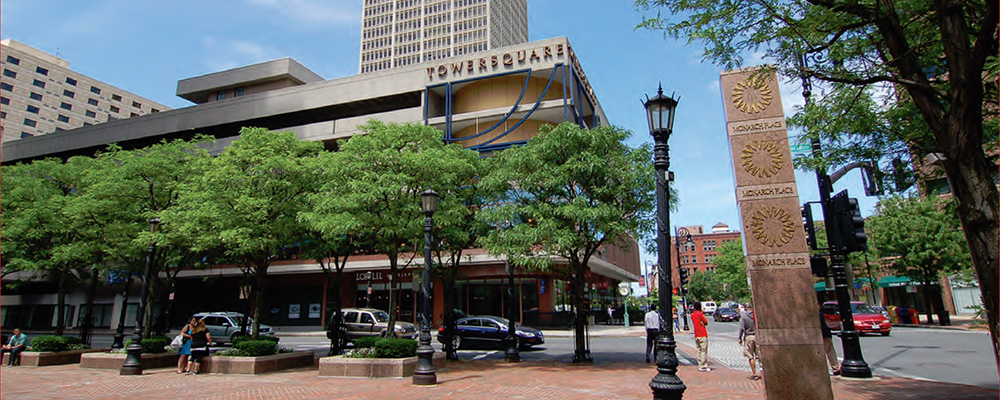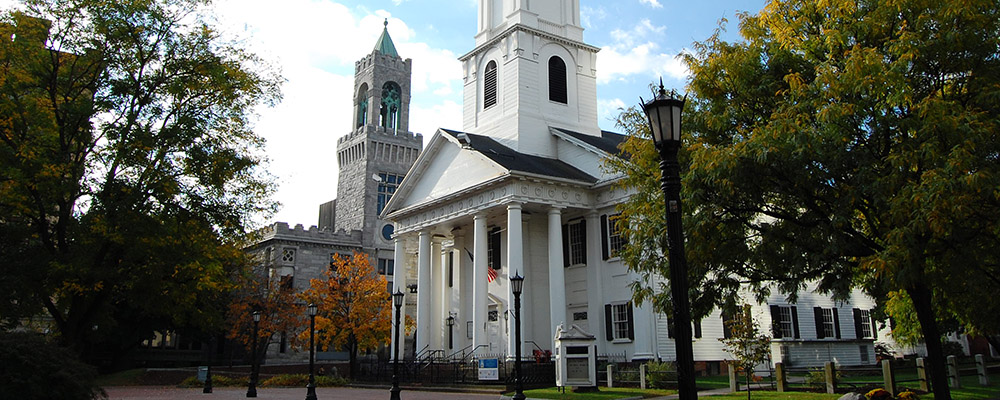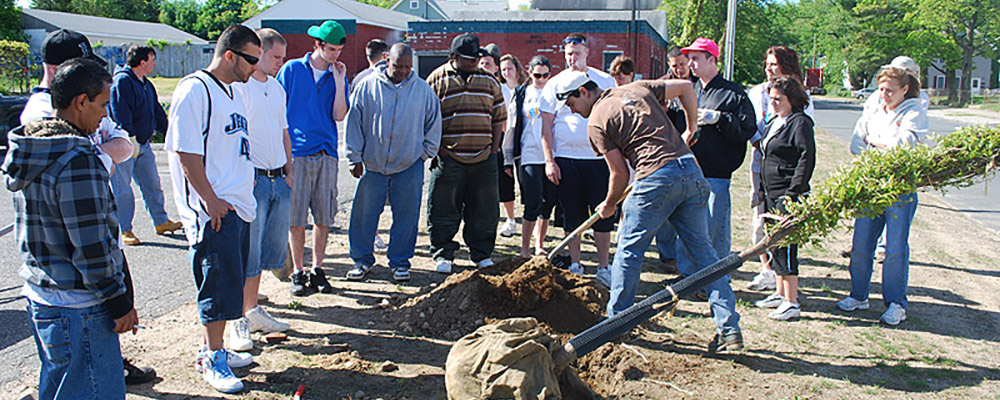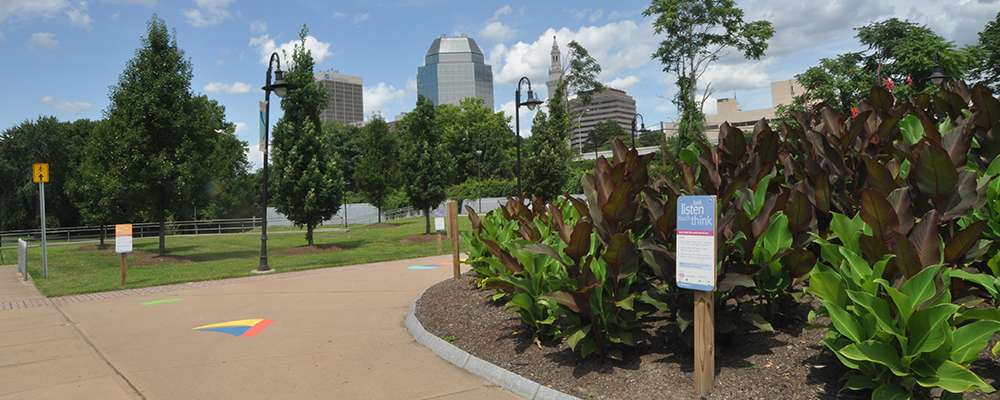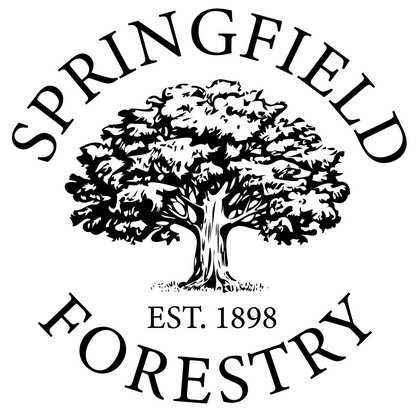
Springfield Forestry manages over 33,000 public trees in parks and along our streets.
Our mission is to protect, preserve, and grow the urban forest while maintaining public safety. We aim to provide a healthy and diverse urban tree canopy for future generations. A healthy, well-maintained urban forest provides visual, social, environmental, health, and economic benefits to our residents and city. The efforts of the Forestry Division and our partners have earned the City of Springfield the designation of Tree City USA by the Arbor Day Foundation since 1986.
Our team routinely inspects and maintains our public street and park trees for safety and accessibility concerns.
Free Trees for Springfield Residents and Businesses
Through a partnership with the MA DCR, Springfield residents and businesses are eligible for free tree planting on their property! Visit our Greening the Gateway Cities (GGCP) page for more info!
Tree Inventory
Visit our public tree inventory to learn more about our City's trees including species information and tree size.
Tree Service Requests
All tree service requests are handled through the Springfield 3-1-1 Citizen Service Request Center. You can reach the Request Center by dialing 3-1-1 on your phone (or 413-736-3111) or by visiting the online Reporting and Tracking System
Forestry Staff will inspect all tree requests before determining if any corrective action will be taken.
For Tree-related Storm Emergencies (non-life-threatening), our crew is on call - please submit a request through 3-1-1 and note it is an emergency, and we will be on-site ASAP to address the problem. Tree-related Storm Emergencies could include large branches/debris down, a tree has failed or fallen over, lightning struck a tree, large cracks appeared in the trunk or large branches, or more.
For life-threatening emergencies, call 9-1-1. If a tree has fallen on a powerline, call 9-1-1.
City Forester
Alexander R. Sherman
Email: asherman@springfieldcityhall.com
Assistant City Forester
Nate Pucko
Email: npucko@springfieldcityhall.com
